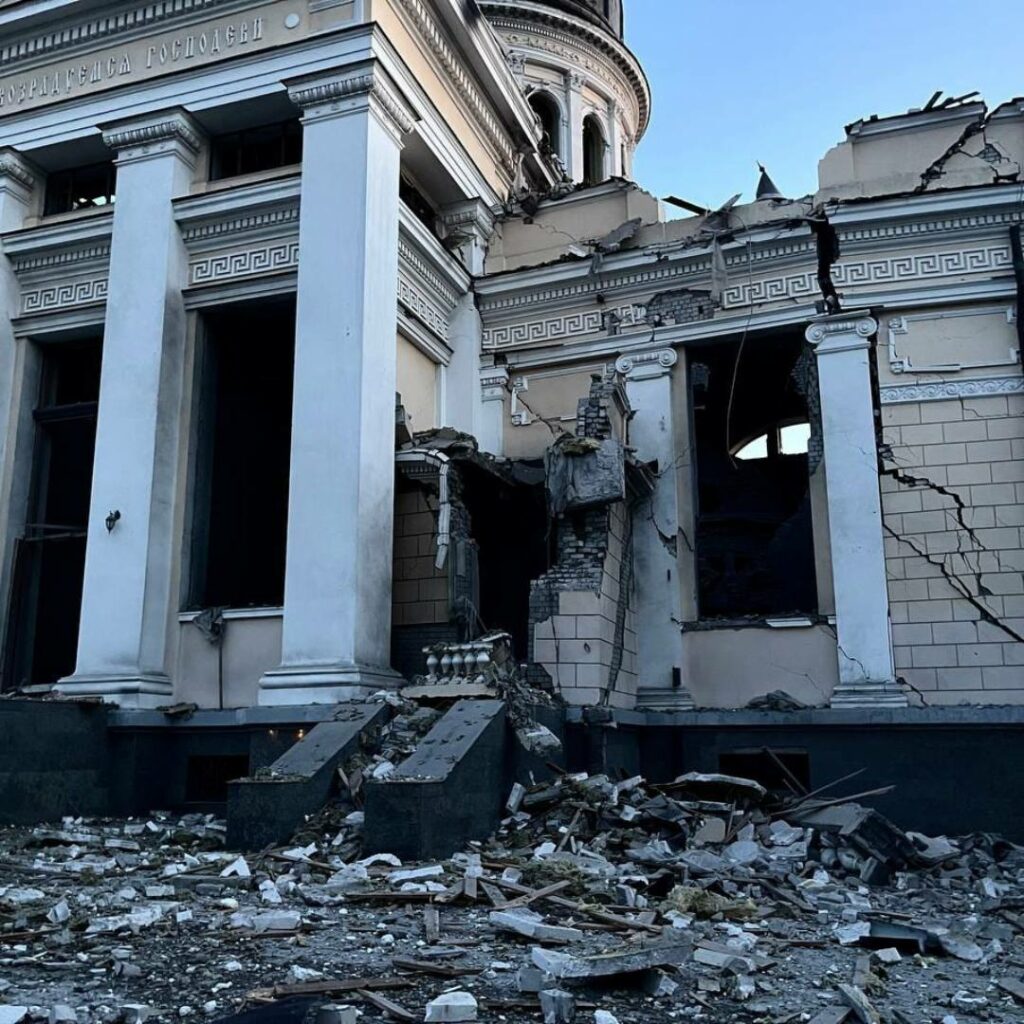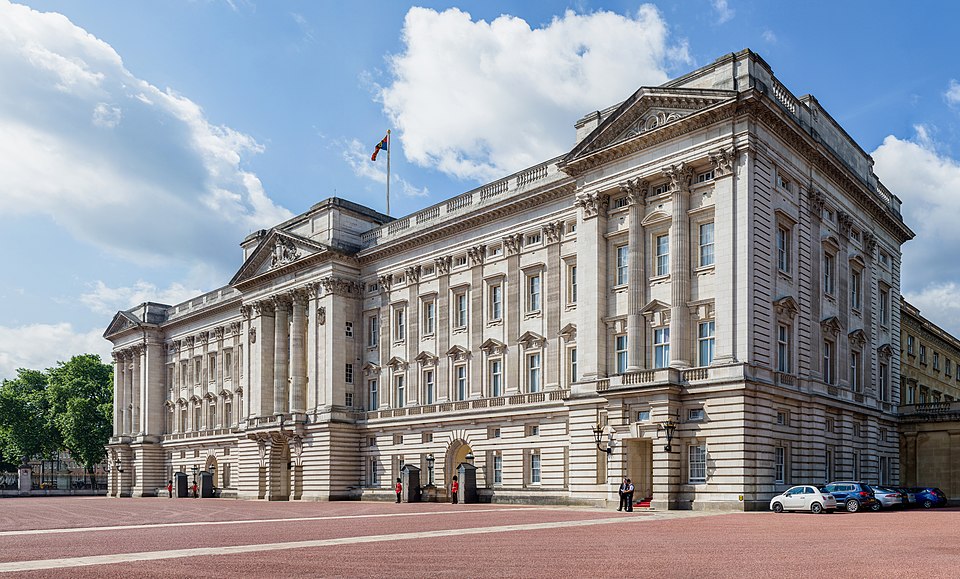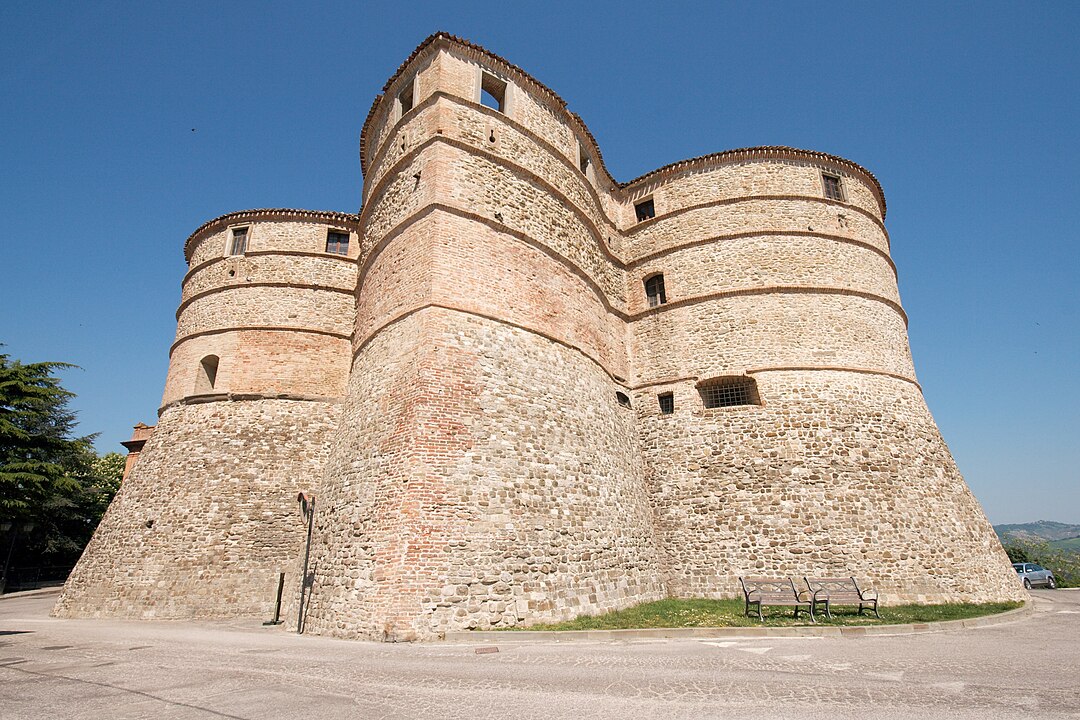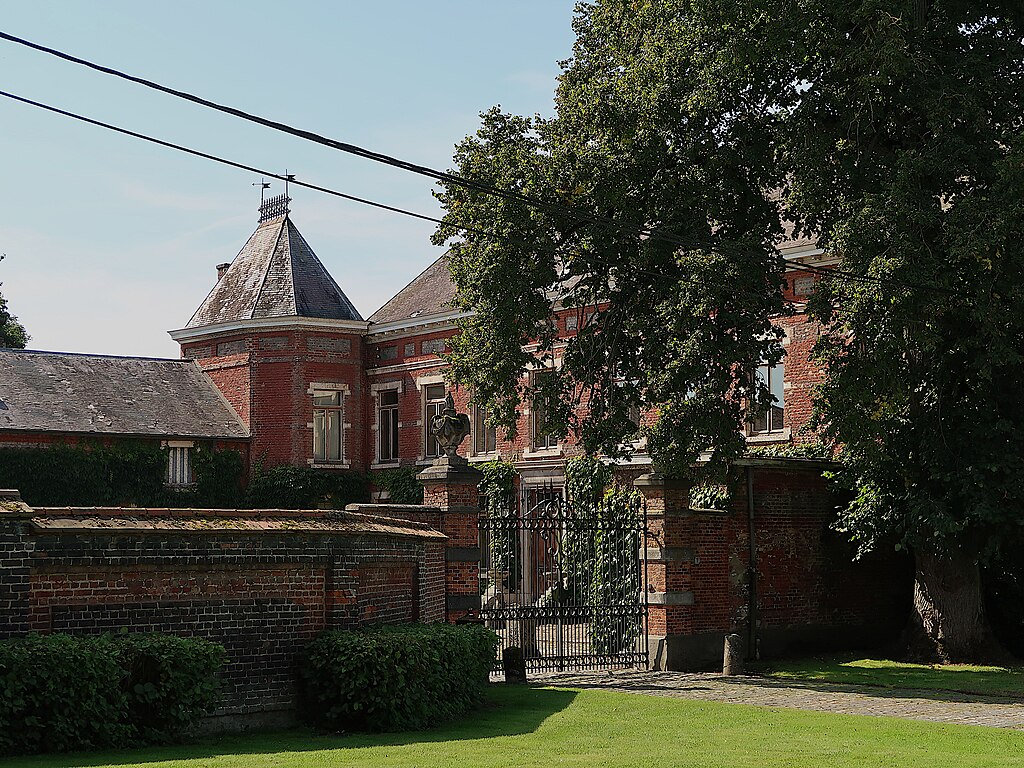Cultural and Historic Losses in the World: 2024 List
Reflecting on 2024’s cultural losses to honor their legacy and advocate for heritage preservation, ensuring these losses spur renewed commitment to safeguarding our global cultural heritage
This post lists losses covered by cultural media assets. The list may not be complete, as the focus and approach to classifying cultural heritage can differ profoundly from context to context, making it more problematic to retrieve information on the most significant events that have occurred around the world.

January, 1 – Roman Shukhevych Memorial Museum (Lviv, Ukraine)
The Museum of Ukrainian Insurgent Army (UPA) in Lviv, dedicated to Corporal Roman Shukhevych, was completely destroyed by a drone attack.
January, 1 – Japan’s Noto Peninsula Earthquake
The Earthquake that hit the Noto Peninsula in Japan has caused the death of dozen of people. Moreover, 20 cases of damage to important cultural heritage buidings and artefacts have been reported , like the damages to the national treasure Zuiryuji Temple in Takaoka City.
January, 5 – Fire at Industrial Archaeology Site in New Jersey
A fire on January 5, 2024, swept through the Singer Sewing Industrial Site in Elizabeth, New Jersey. More than 100 firefighters from New York City and northern New Jersey battled the fire that engulfed five industrial buildings at the historic complex. This site, dating back to the late 19th century, once was the main complex for Singer sewing machine production and played a crucial role in wartime manufacturing.
January – Ukraine and Gaza Strip Conflicts
Since the beginning of 2024, cultural heritage in Ukraine and in the Gaza Strip has continued to suffer serious damage. In both conflicts, the list of buildings damaged or destroyed grew. According the war.ukraine.ua website at January 12, 2024 were 872 cultural heritage sites that had suffered from Russian military aggression. Here, the internet page dedicated to cultural sites in Ukraine verified by UNESCO.
With regards to the Gaza Strip war, the UNESCO website has published a page with the assessments carried out not directly, given the difficulty of accessing to damaged buildings or structures. Picture of significant losses cab be found here.
January, 23 – Fire at the Georgia Central Exhibition Hall in Sukhumi
The Central Exhibition Hall in Sukhumi, Abkhazia’s capital, known for showcasing artworks by local and international artists, was devastated by a fire. The incident, which occurred on January 21, resulted in the destruction of thousands of artworks and has been described as a significant setback to the cultural heritage of the separatist Georgian region. The cause remains unknown. Acting Minister of Culture, Dinara Smyr, lamented the loss, stating that it feels like everything has been destroyed and emphasized the irreplaceable nature of the damage to Abkhazia’s national culture. The gallery’s collection, estimated at 4,000 pieces, suffered from poor storage conditions, being unprotected and cramped into small rooms and narrow halls, as reported by Abkhaz World.
January, 25 – Fire in Patagonians UNESCO Site
Since January 25th, a segment of Argentina’s expansive Los Alerces National Park, named after the indigenous Fitzroya tree, also known as the Patagonian cypress, with towering heights of up to 60 meters, has been ablaze.
February – Wildlands Fires Damage Valparaiso Heritage Towns
An interface fire has caused the deaths of dozens of people since February 4. The city is known for the area being part of the UNESCO world heritage site. More here.
February, 6 – Fire Destroys Oldest Resort in Minnesota
A fire originating from electrical outlets destroyed the 140-year-old wooden structure of the Lutsen Resort. In fact, after the fire of 1949, the resort was completely rebuilt respecting the design of the original structure in 1952.
February, 16 – Fire Destroys Works of Art on Paper in Seattle
On the night between February 16th and 17th, a fire probably originating from the outside of a gallery in Seattle spread inside the building, destroying or damaging hundreds of paper works, some of which date back to the seventeenth century. More here.
February, 17 – Sze Yup Temp in Sidney Severely Damaged by a Fire
The Sze Yup Temple (Chinese: 悉尼四邑關帝廟), a 150-year-old heritage-listed and Taoist temple in Sidney has been severely damaged by a fire found by the first responders found in the upper level of the building. The fire has destroyed also the interior decorations and decorative timber works.
Latvian Museum of the Occupation in Riga Attacked
An arson attack occurred at the Museum of the Occupation of Latvia on 28 February 2024. The attack, carried out with a Molotov cocktail, damaged the director’s office and some rooms in the museum, but caused no injuries. More information here.
March, 19 – St. Augustine Church in St. Louis Destroyed by aFire
On March 19, the third fire that occurred in St. Augustine Church in north St. Louis, after years of inattention, destroyed the abandoned building, built in 1896 in a German brick style. More info here.
March, 22 – Heritage Museum in Texas Destroyed by a Fire
On March 22, the Wise County Heritage Museum has been destroyed by a fire. The 1856 building housed a library of over 6,000 books, maps, documents, family files and other documents of historic importance. More information here
April, 16 – Copenhagen Stock Exchange destroyed by a renovation site fire
On 16 April 2024, a fire broke out in a historic building of the Copenhagen Stock Exchange, causing the collapse of the Spire tower. The fire broke out on April 16 and by the end of the day had caused extensive damage to the structure. More information here.
May, 28 – St. Theodosius Church in Cleveland seriously damaged by fire
On May, 28, 2024, a fire at the Orthodox Cathedral of St. Theodosius occurred on the afternoon. It caused extensive damage to the roof of the historic building in Cleveland. It took firefighters more than four hours to put out the fire and was mainly contained to the roof area. More information here.
June, 9 – Suspected Arson at St. Ann’s Anglican Church in Toronto
A fire broke out at St. Ann’s Anglican Church in Toronto in the morning of Sunday June 9, 2024, severely damaging the national historic site and destroying the Group of Seven murals inside. The church, built in 1908, was a community landmark in Toronto’s Little Portugal neighbourhood. More information here
July, 11 – Rouen (France) Cathedral Spire damaged by Fire
During renovations works ongoing since 2017 the spire (surrounded by scaffolding and a white roof for several weeks) has been seriously damaged by a fire that broke out on a plastic sheet covering the renovation work 120 meters up on the cathedral’s spire. More information here
July – Natural Heritage Park in Canada Devastated by fire
A wildfire classified as the largest in 100 years, designated the “Jasper Complex Wildfire,” has devastated the Natural Heritage Park, reaching a size of approximately 32,000 hectares. Approximately 25,000 people were evacuated due to the fire, which at its height had a 100 m (330 ft) wall of flames. More information here
September – Destruction of Armenian heritage in Nagorno-Karabakh
According a 2019 post of The Guardian, in Nogorno-Karabach the Azerbaijan has perpetrated “the worst cultural genocide of the 21st century Also in 2024 the destruction accelerated following Azerbaijan’s offensive against Artsakh and the exodus of its population in September 2023
According to a 2019 post by The Guardian, Azerbaijan has perpetrated “the worst cultural genocide of the 21st century” in Nogorno-Karabakh. The destruction has continued in 2024 after the Azerbaijan’s offensive against Artsakh and the exodus of its population.
More information here.
October, 13 – St. Antonio Church Destroyed in Iquique (Chile)
One of the oldest Catholic buildings in Chile has been destroyed by a fire. The building was mostly made of wood, dating back to the 17th century and built at the time of the Spanish conquest. It was a national historic monument since 1994. More information here.
All of 2024- Damages to Cultural Heritage due to conflicts in Ukraine, Lebanon, Syria, Gaza, Yemen and Sudan
In 2024, there was continued destruction of buildings of historical, artistic and religious interest in Ukraine and Gaza.
During the year, conflicts spread to Lebanon and Syria. At the time of writing this update, it is not clear to what extent in these latter countries the conflicts also affected buildings of cultural heritage (see the ICOMOS page on Lebanon), already severely damaged by the war events of previous years in the case of the city of Aleppo.
In Yemen the situation is equally serious as in the less known situation of Cultural Heritage in Sudan, to which UNESCO drew attention in September 2024 on the issue of illicit trafficking of cultural heritage due to the widespread action of armed factions that terrorize the population.
More about explosive weapons effects on Cultural Heritage.




